Research
While I am now in industry, I continue to pursue some side-projects. My research interests fall broadly into the category bioinformatics. That is, I am interested in just about any large data sets that I can find, and am always eager to collaborate on data analysis. At the moment, my broad research approach is split into four categories:
- Sex differences, hormones, behavior, and evolution of Dark-eyed Juncos
- Population genomics and defense response in tropical plants
- Scholarship of Teaching and Learning, and
- Other collaborations.
For a full list of my previous publications, see my CV or my Google Scholar Profile.
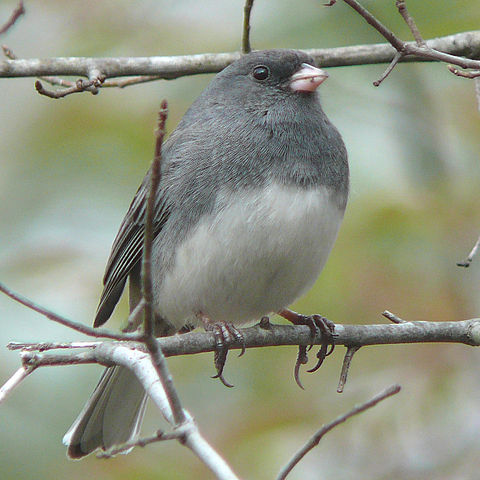
My PhD research focused on the Dark-eyed Junco, a nearly ubiquitous sparrow that breeds or winters across much of the United States and Canada. My interests have largely focused on sex differences and the role of steroid hormones.
Since I left Indiana, I have also continued to collaborate with my old labmates, and we are now exploring some aspects of the potentially nascent speciation of the Dark-eyed Junco, focusing on timing of breeding. I have also continued my work on steroid hormones, and I am currently following up on some findings that disputed testosterone’s role in meditating aggressive behavior.
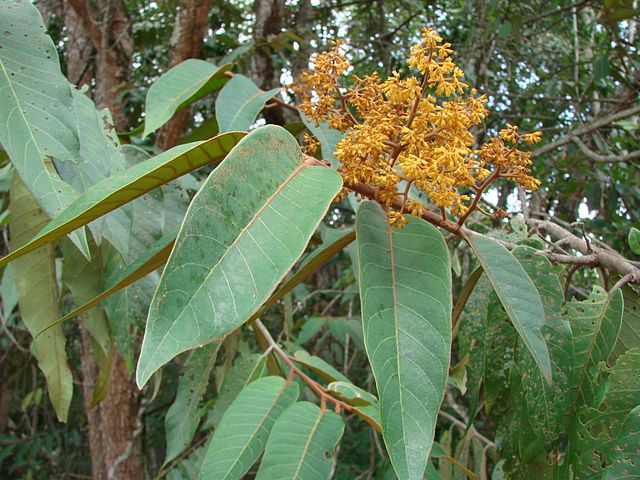
I am also continuing my collaboration with my post doc advisor Jim Marden at Penn State University. Together, we are analyzing a range of topics covering plant population genomics and selection in tropical environments. One area of current interest is analyzing response to disease, with several possible areas of application. Our first round of findings are currently in review – so check back soon for more details.
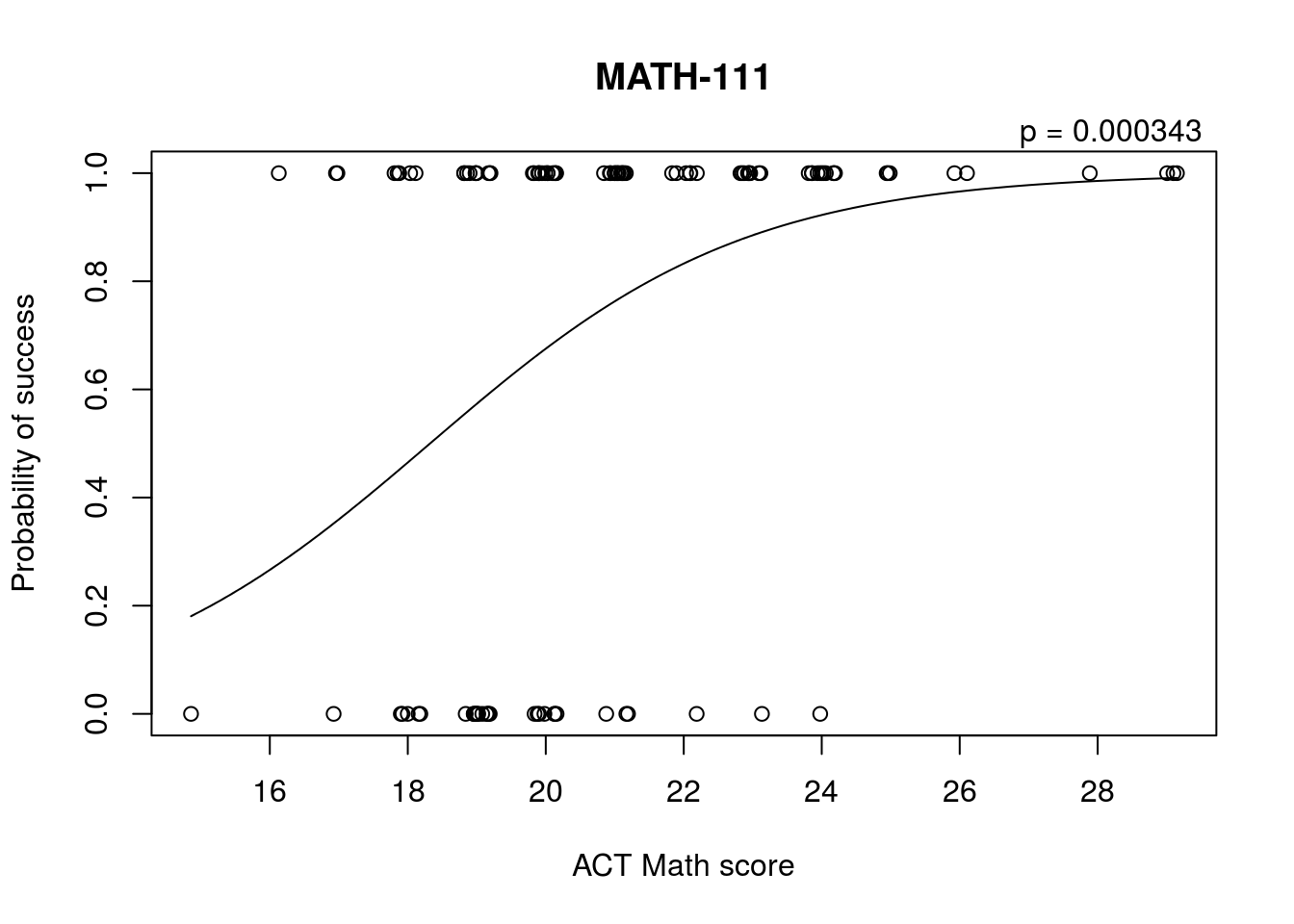
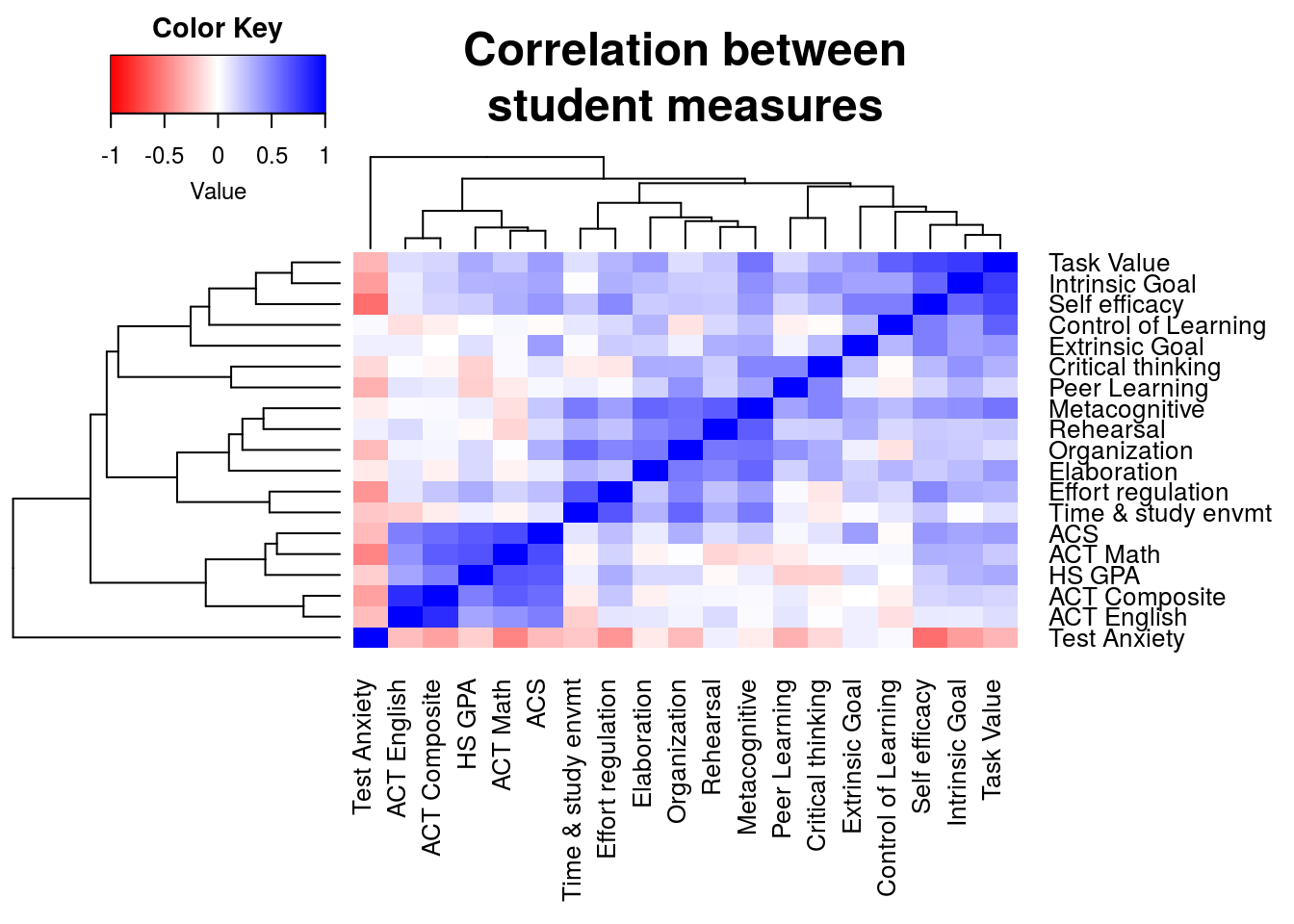
One of the best parts about working on small college campuses was the support for research into the Scholarship of Teaching and Learning (SoTL). As a part of my Post-Doc working with the GCAT-SEEK consortium, I was able to publish a guide for how to teach RNAseq to undergraduates, including sample analysis scripts and a solid example data set.
At Viterbo, I worked with both of my department chairs to assess our programs, including work on identifying students that may not be prepared to succeed yet in math courses, and retention in STEM disiplines. I also collaborated to analyze the effects of a flipped classroom in the intro chemistry course, with a particular focus on determining the effects on students with different attributes and backgrounds. By combining large datasets, spanning many years, I was able to apply many techniques that I have honed for bioinformatics to SoTL projects.
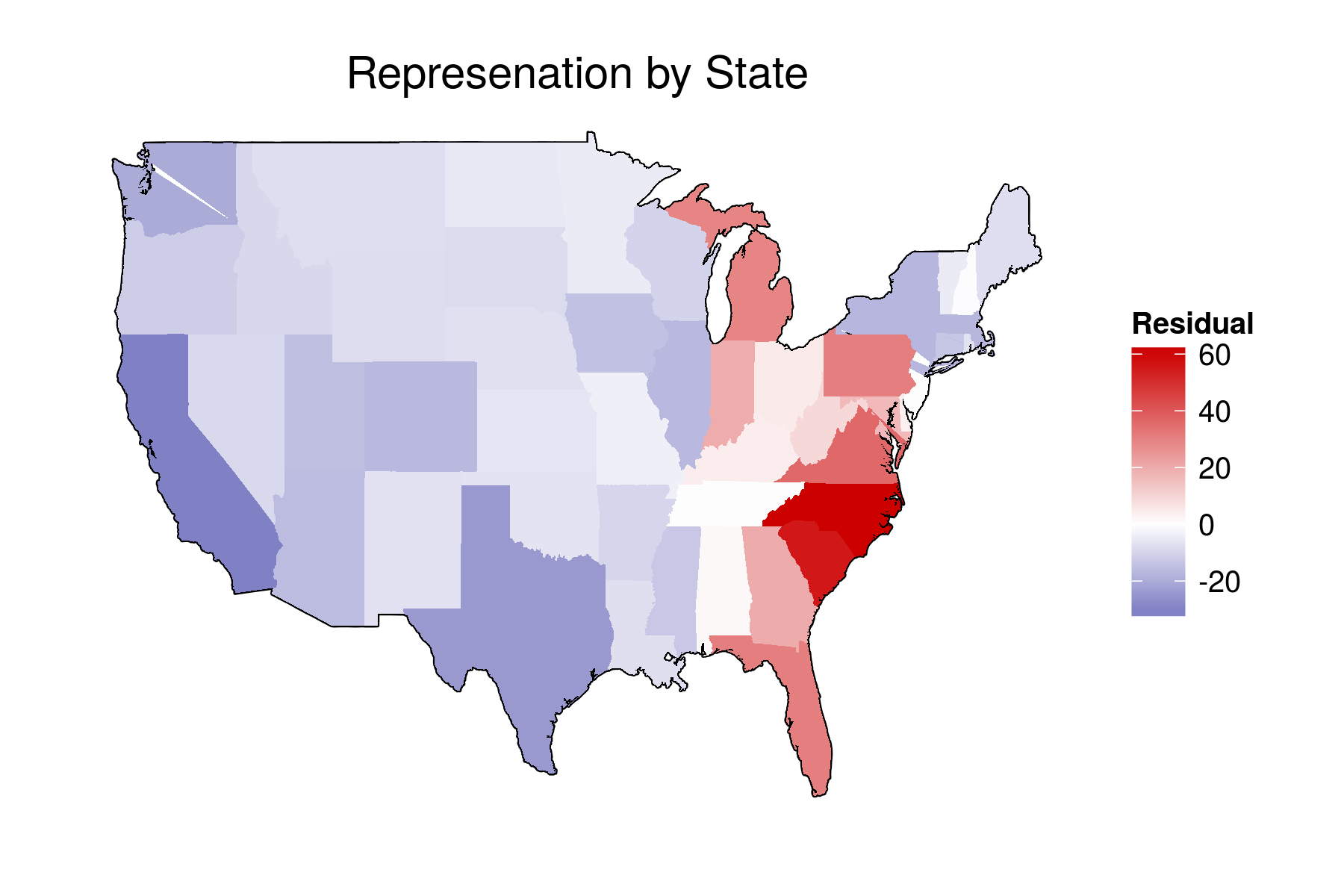
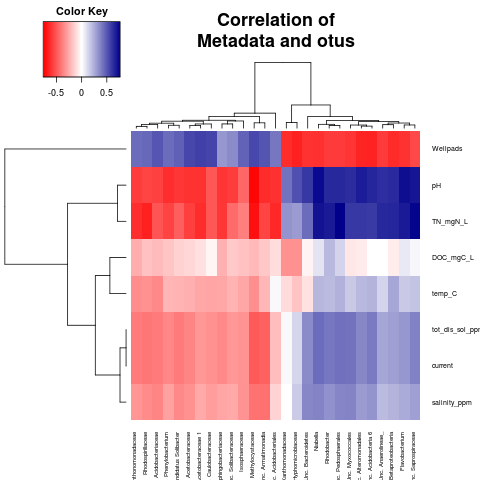
I am also collaborating on a number of other projects. The approaches range from history to population genomics to metagenomics to RNAseq, and the topics include religious group membership, environmental contamination, disease, population divergence, and aging. I am currently working with collaborators at Viterbo University, Juniata College, Indiana University, Penn State University, North Dakota State University, Augsburg College, the Museo Nacional de Ciencias Naturales (Madrid), and the University of Oklahoma. Many of these projects are still in early phases, but check back soon for more details as they develop.

If you are looking for a collaborator or research mentor on anything with a large data set – I am definitely interested. To paraphrase Sir Mix-A-Lot: “I like big [data], and I cannot lie.”